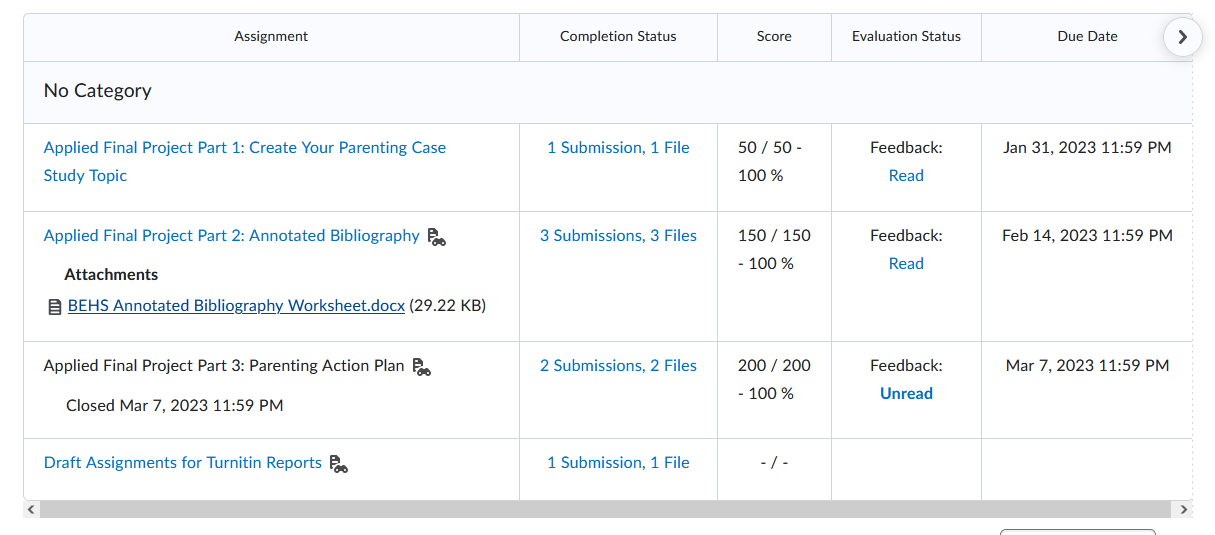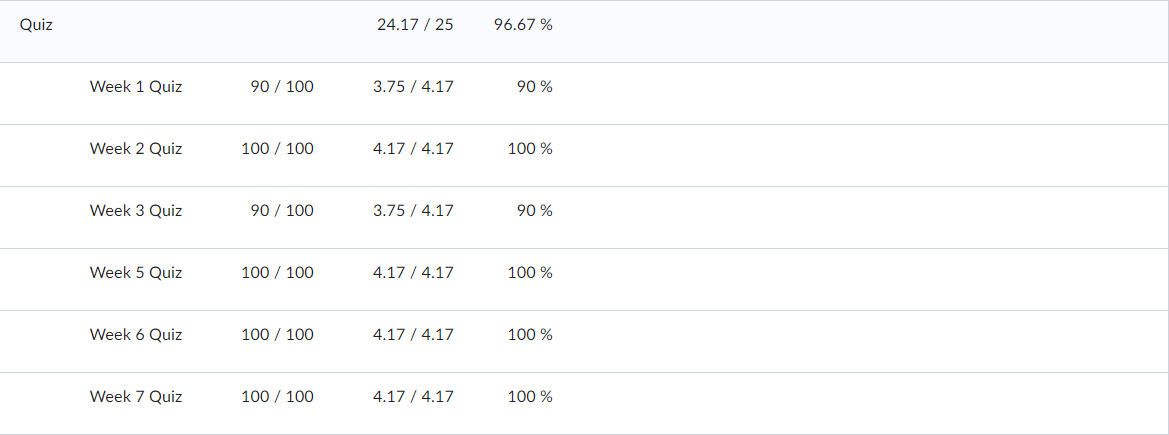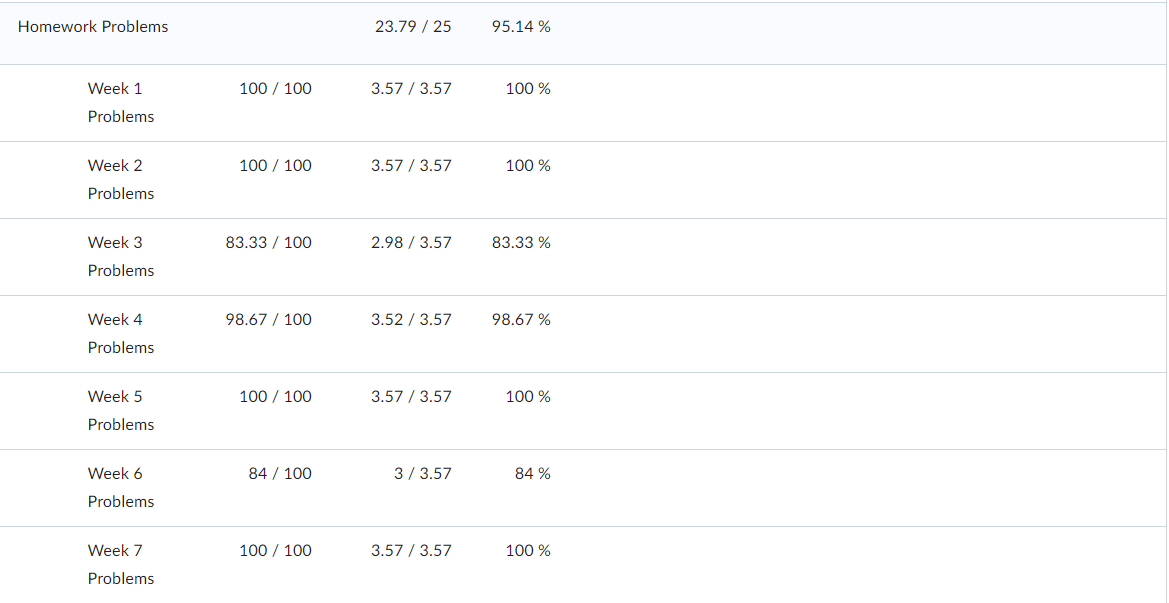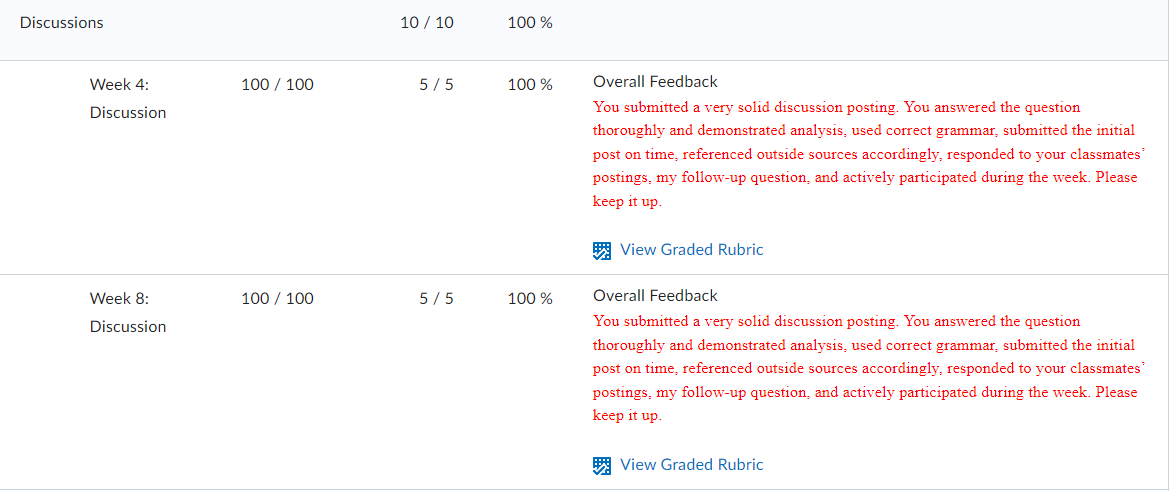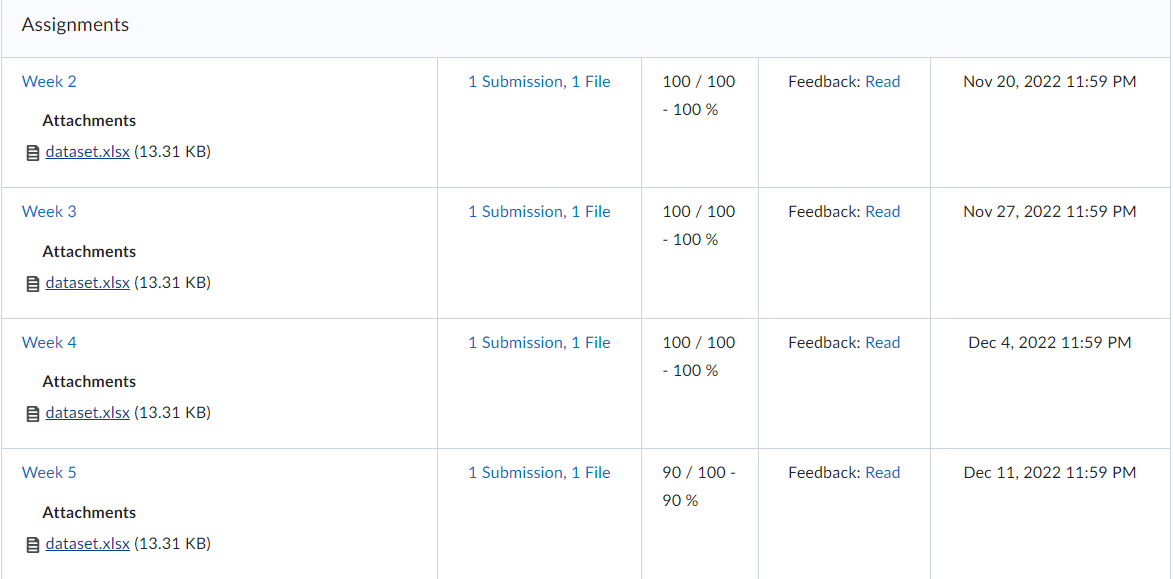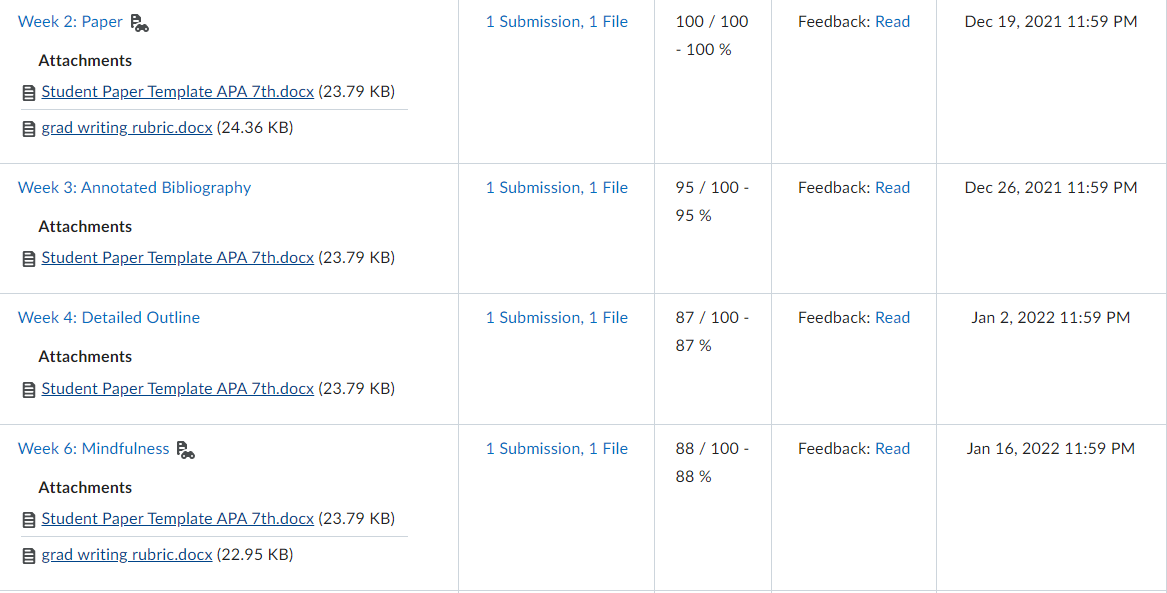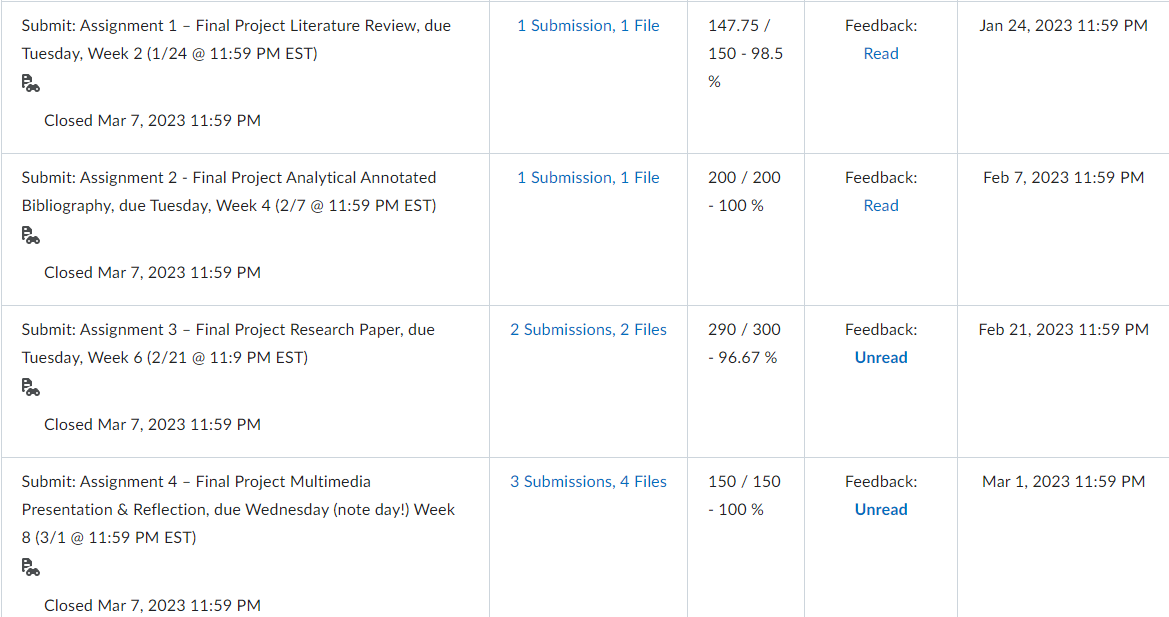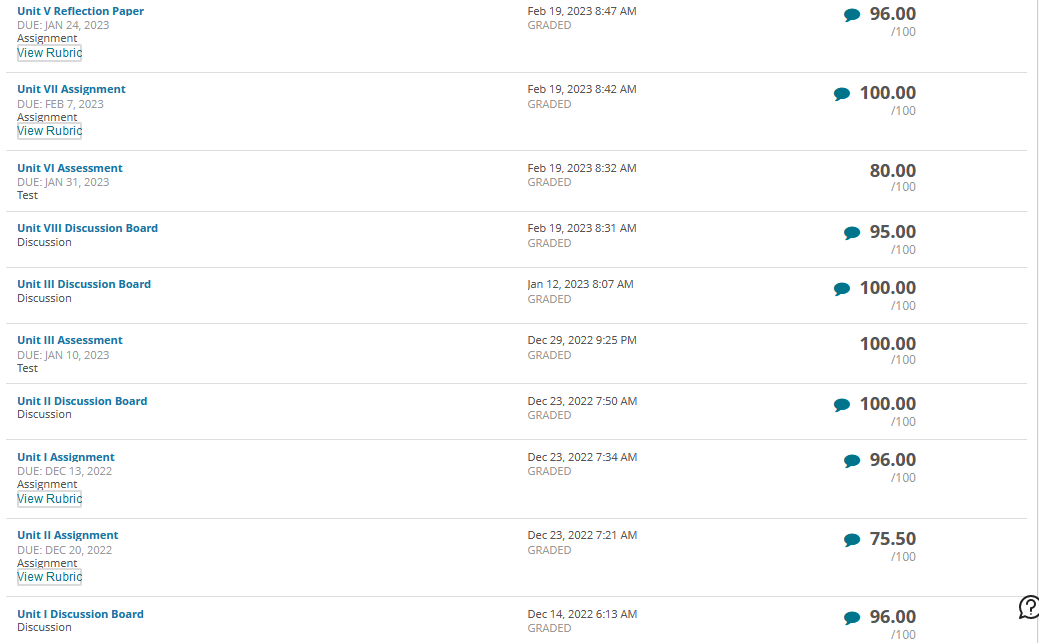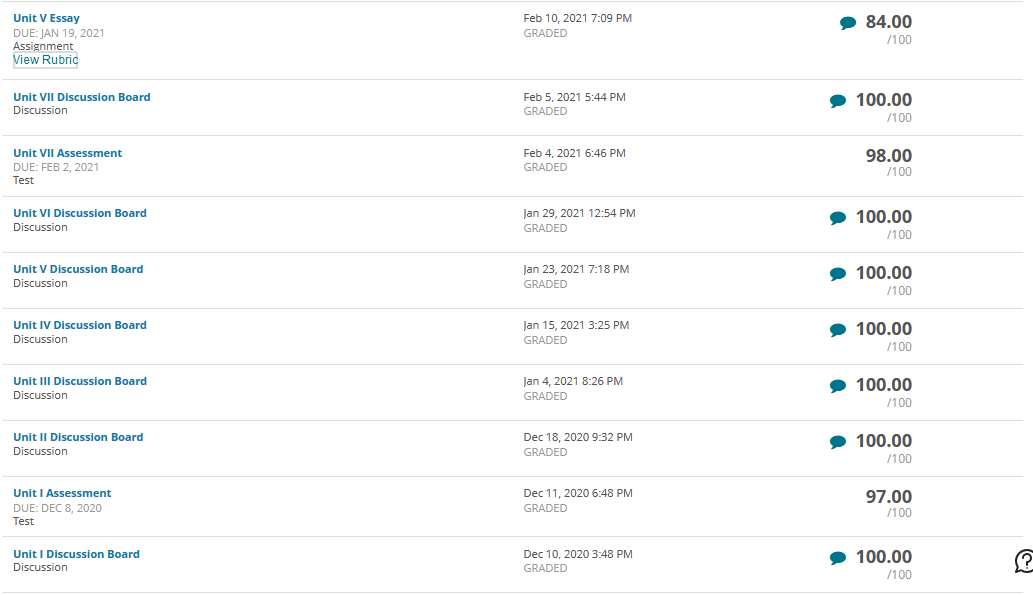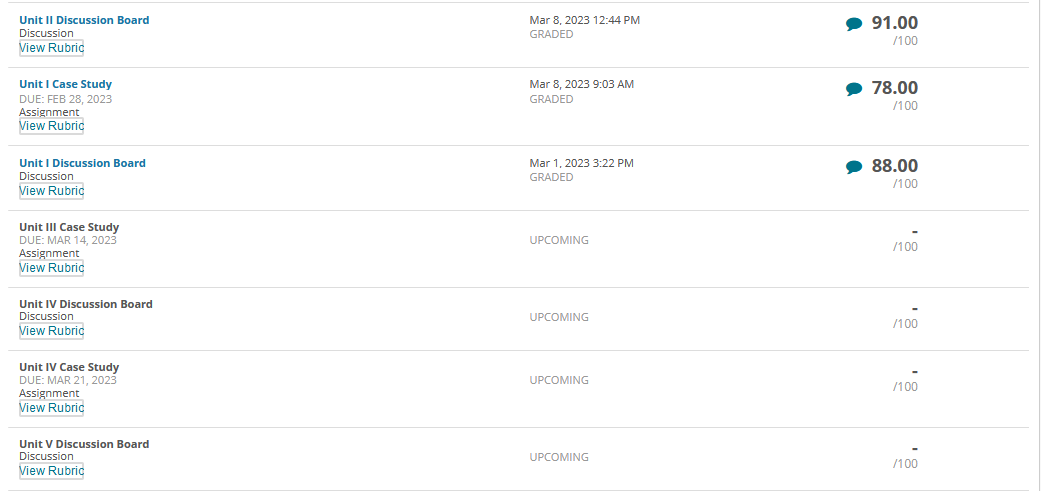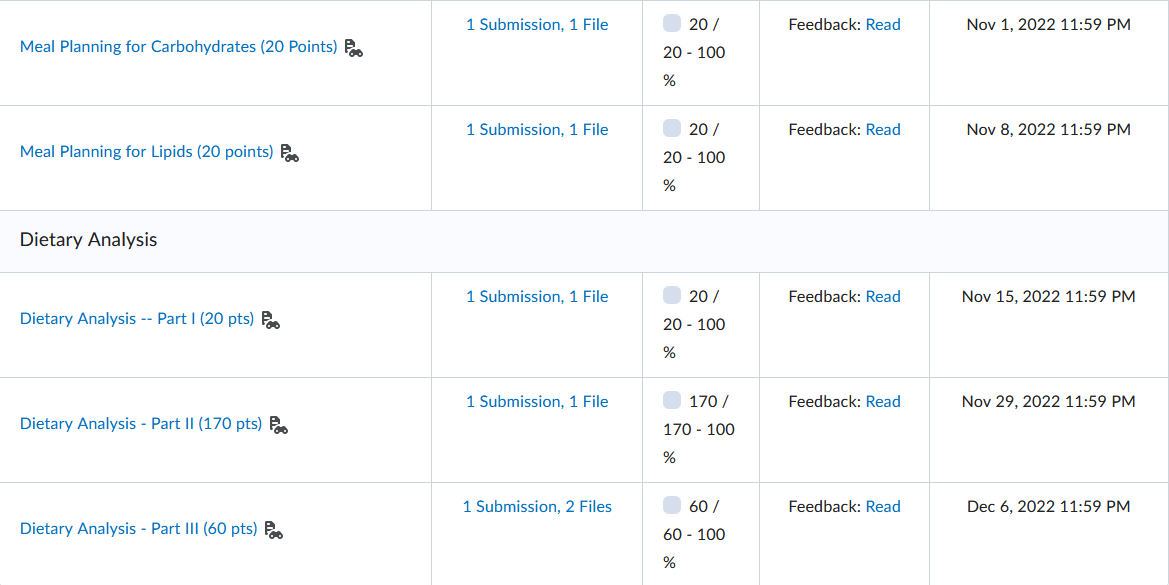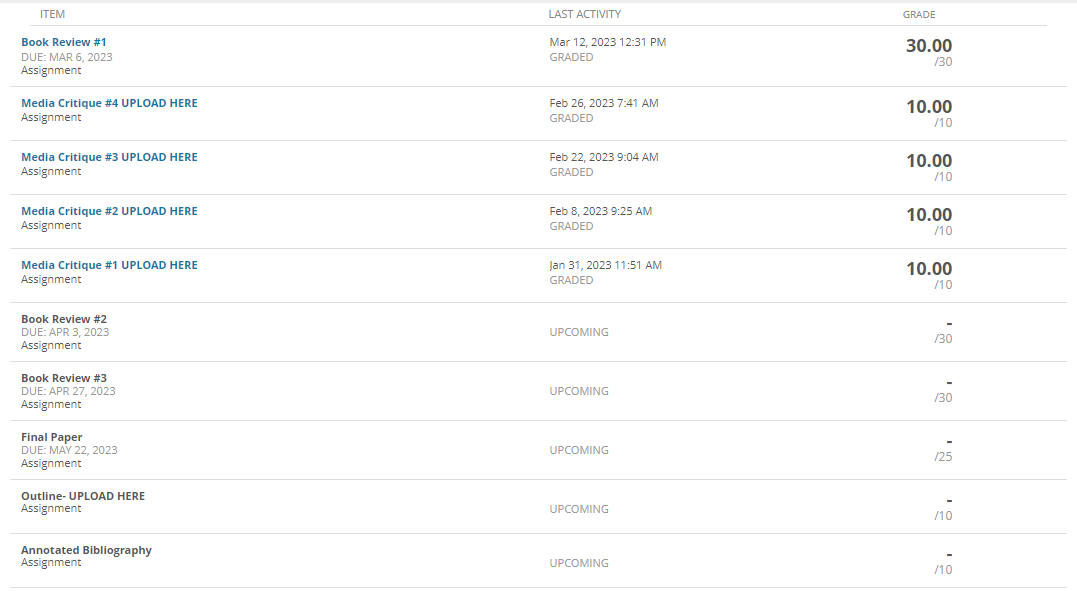AP Microeconomics
Assignment: Apply Concepts of Factor Demand Page 1 of 2 1. Resource prices affect an economic system in multiple ways. List and explain
three of these effects. (3 points)
2. Derived demand
A. Economists call the demand for a resource a derived factor demand. Explain what
the term derived means in derived factor demand. (2 points)
B. How is the marginal-revenue-product curve related to the derived-factordemand curve? Why is the derived-factor-demand curve downward sloping
with respect to price? (2 points)
C. Why is the resource demand curve for a firm operating in an imperfectly
competitive industry steeper than the resource demand curve of a firm
operating in a perfectly competitive industry? (4 points)
D. Is the resource demand curve of a firm operating in an imperfectly competitive
industry more or less elastic than the resource demand curve of a firm
operating in a perfectly competitive industry? Is a firm operating in an
imperfectly competitive industry more or less responsive to resource price
changes than a firm operating in a perfectly competitive industry? (4 points)
3. At what point will a profit-maximizing firm stop hiring new employees?
(4 points)
4. The three determinants of resource demand: 1) demand for the final good or service, 2)
technology that affects the productivity of resources, and 3) prices of complement and
substitute resources.
A. Explain how a change in the demand for a good will change the demand for the
resource used to produce the good. Give an example. (4 points)
B. Changes in technology can cause changes in the productivity of a resource.
Technological change can be economy-wide, industry-specific, or can occur
within one firm’ s production process. Explain how a change in the productivity
of a resource changes the demand for the resource. Give an example. (4 points)
C. Suppose labor and capital are substitute resources, and the price of capital
decreases. What happens to the demand for labor and capital? Do the
producers produce more or less of the final good? Explain your answers.
(6 points)
D. Suppose labor and capital are complement resources, and the price of capital
decreases. What happens to the demand for labor and capital? Do the
producers produce more, less, or the same amount of the final good? (6 points) AP Microeconomics
Assignment: Apply Concepts of Factor Demand
5. Page 2 of 2 Elasticity A. Blue Chair Press publishes art books. The demand for art books published by
Blue Chair Press is highly elastic. Labor is a significant input in the production
of art books. Show on a demand and supply graph for Blue Chair Press art
books the effect of an increase in the wage rate. What can you conclude about
the elasticity of demand for labor? (4 points)
B. Blue Chair Press uses a lot of labor when it edits and publishes texts. Its labor
costs are 80% of its total costs. Compare the elasticity of demand for labor in
this situation with the elasticity of labor demand if labor accounted for only
20% of Blue Chair Press’s total costs. (4 points)
C. Since Blue Chair Press requires very specific artistic skills from the labor it
hires, there are few substitutes for the type of labor the firm requires. How
does this affect the elasticity of demand for labor? (2 points)
D. True or False: The higher the elasticity of demand for the product, art books,
the more inelastic is the demand for the resource, labor, that produces the art
books. Explain your answer. (2 points)
E. True or False: If the ratio of labor costs to total costs is low, then the elasticity
of demand for labor is low and a given wage increase results in fewer laborers
losing jobs than if the elasticity of demand is higher. Explain your answer.
(2 points)
6. Marginal Analysis
A. Explain how marginal analysis is used to determine the least-cost combination
of labor and capital used to produce a given level of output. (2 points)
B. Explain how marginal analysis is used to determine the profit-maximizing
combination of labor (L) and capital (K) used to produce a given level of
output. Give your answers in words and in an equation. (2 points)
C. Is the least-cost combination or resources also the profit-maximizing level of
resources? Explain your answer. (3 points) ____________
© Copyright 2002 Apex Learning, Inc. All rights reserved. This material is intended for the exclusive use of
registered users only. No portion of these materials may be reproduced or redistributed in any form without the
express written permission of Apex Learning, Inc.
Thank you so much for this newsletter Thank you so much for this newsletter 3439465 https://t.me appleipnoneipad !
Thank you so much for this newsletter Thank you so much for this newsletter
3439465 https://t.me appleipnoneipad !



